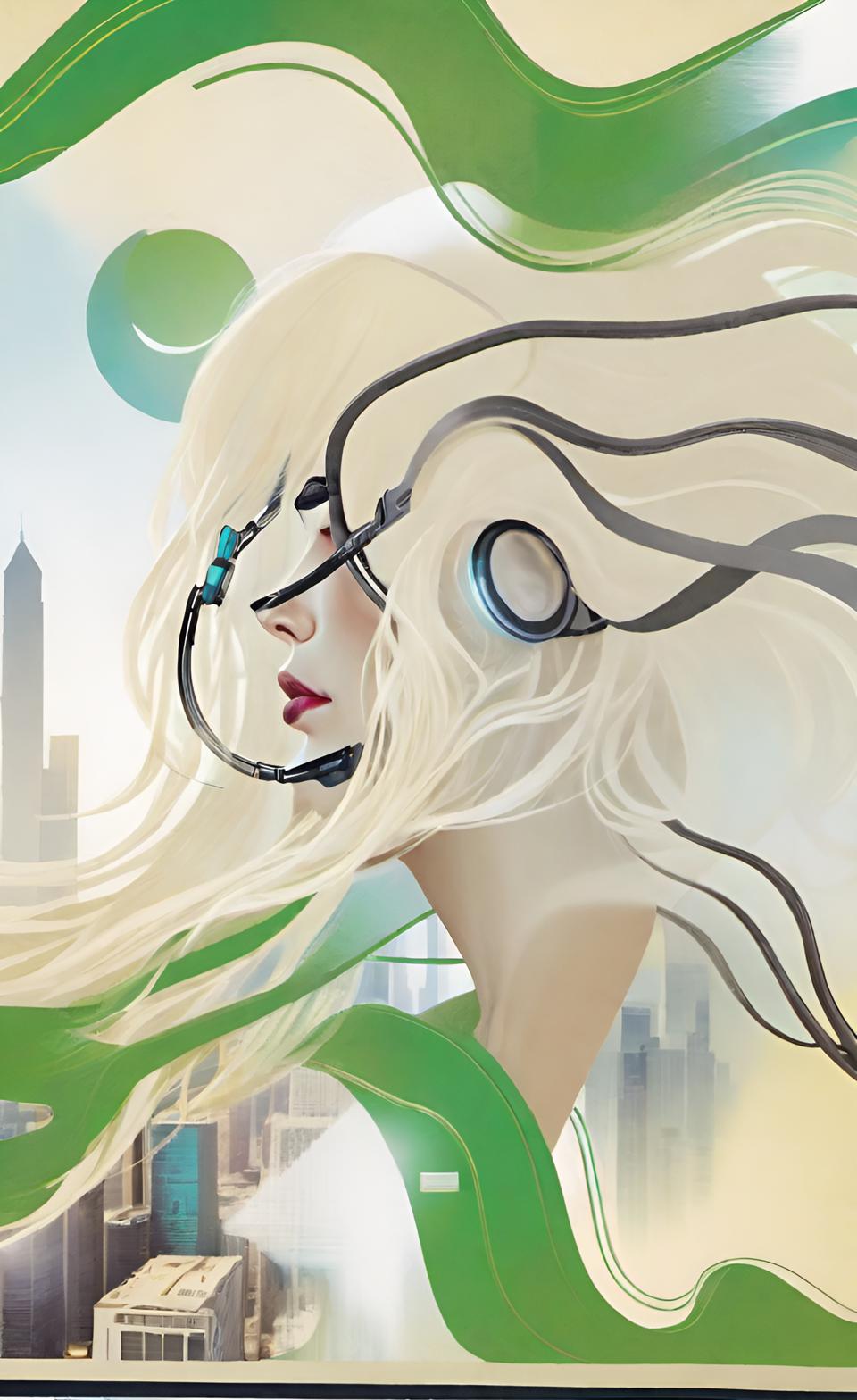
Revolutions by Design: Human Designers and AI Agents’ Dreams
By Celso Singo Aramaki + RbyD Collective + AI
Welcome to RbyD, where we merge the firestorm of AI-powered designers with the creative spirit of human dreams and desires. At RbyD, we believe that the future of design is not just about technological advancements but also about the profound integration of human aspirations. Our AI agents, equipped with design-based knowledge in specific domains, are here to collaborate with you in crafting a better world. Let us take you on an epic journey through the history of design, from its ancient roots to its future potential as a tool for creating utopian visions.
The Epic Journey of Design: From Ancient Origins to Modern Times
Designio: The concept of design, or “designio,” has deep historical roots. The term itself is derived from the Latin “designare,” meaning to mark out, designate, or plan. But the essence of design, as an intentional and thoughtful act of creation, predates even the Romans. Let’s trace the evolution of design through key historical periods:
Ancient Greece and Egypt: In ancient Greece, design was integral to philosophy and daily life. The Greeks emphasized “techne,” the art and craft of making things, which combined functionality with aesthetics. Similarly, in ancient Egypt, design was evident in the meticulous planning of monumental structures like the pyramids, which symbolized both technical prowess and spiritual beliefs.
Roman Times: The Romans advanced the Greek principles of design, applying them to engineering and architecture on an unprecedented scale. Roman aqueducts, roads, and public buildings were feats of both utility and grandeur, reflecting the Roman emphasis on order and functionality.
The Renaissance: The Renaissance was a rebirth of classical ideals, where design flourished as a bridge between art and science. Figures like Leonardo da Vinci exemplified the fusion of technical skill and artistic vision. Design became a means of exploring human potential and the natural world, setting the stage for modern innovation.
Modern Times: In the modern era, design has continued to evolve, embracing new materials, technologies, and methodologies. The Industrial Revolution introduced mass production, and the 20th century saw the rise of design disciplines like industrial design, graphic design, and user experience design. Today, design is recognized as a vital element in solving complex global challenges, from urban planning to sustainable development.
Design as Knowledge: The Future with AI and Human Collaboration
As we move into the future, the role of design is expanding even further. At RbyD, we envision a world where design is not just a tool for creating products but a framework for shaping entire societies. Here’s how our AI-powered designers and human collaborators can make this vision a reality:
AI-Powered Designers: Our AI agents are equipped with deep knowledge in specific domains of design, from architecture and urban planning to sustainable technologies and digital interfaces. These AI-powered designers can process vast amounts of data, identify patterns, and propose innovative solutions that might be overlooked by human minds alone.
Human Dreams and Desires: While AI brings computational power and efficiency, it is human creativity, intuition, and emotion that fuel truly transformative design. By working together, AI and humans can create designs that are not only functional but also deeply meaningful and aligned with human values.
Knowledge-Based Design: At RbyD, we advocate for open and free access to design knowledge. This democratization of design ensures that everyone, regardless of background, can contribute to and benefit from the design process. By making design knowledge widely available, we empower communities to solve their unique challenges and realize their utopian visions.
Design as Infrastructure: Building the Foundation for a Sustainable Future
Design is not just a tool for creating products and services; it is the very infrastructure upon which our future is built. The Long Now Design Project sees design as the foundation of our society, shaping every aspect of our lives from urban planning to technological innovation. By adopting a long-term perspective and prioritizing sustainability, we can create a resilient and thriving future for generations to come.
